PUSH Industries have just launched some smart new coil conversion kits. Right at this very minute, they’re only available for 2015 – 2017, 160mm Fox 36 forks, but a wider range along with kits for Rockshox Pikes are imminent.
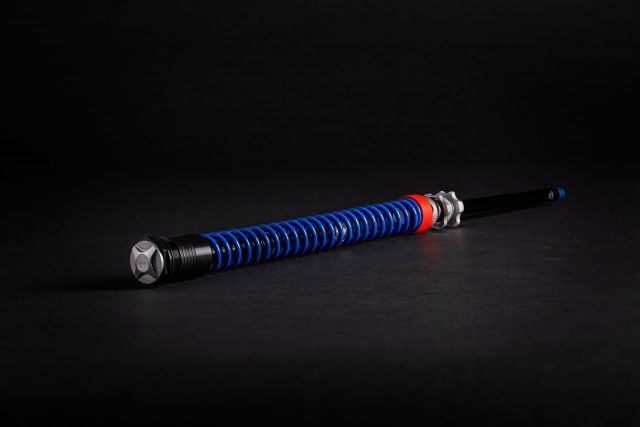
The really clever bit of this is that, rather than just being a coil, the ACS3 also has a pneumatic bump stop built in that you pressurise with a shock pump (5 – 50psi), allowing you to tune how progressive your fork is. A vanilla coil fork tends to be very plush, with softness in the early travel, but they can be extremely linear and, especially with a soft spring, easily bottom out harshly on landings and g-outs. The air bump stop in the ACS-3 will let you ramp the last bits of travel up just as you can with volume spacers in an air spring chamber, but all while keeping that buttery softness of the coil.
The UK distributor for PUSH is TF Tuned, and we asked them whether people would be able to get hold of them in the UK. The answer is yes, and they’ll cost £375 including postage. Availability is slated for next week, but like anything involving bike parts, international couriers and customs, that may be subject to change.
Note, though Pike kits are on the way, the ACS3 won’t be available for the Lyrik or Yari, as the internal diameters are apparently too small.
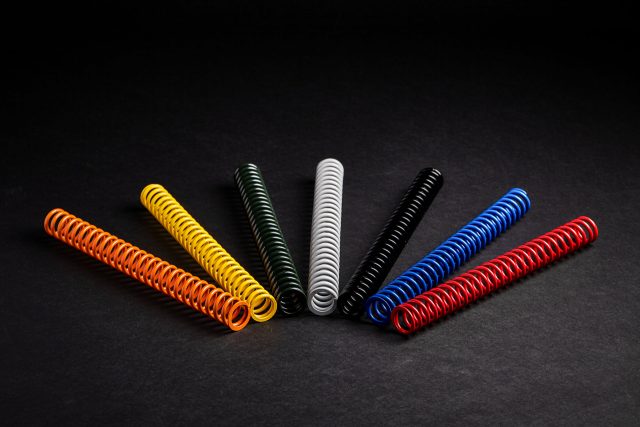
One of the frustrations with some coil forks in the past was limited availability of springs, but PUSH have this well covered with a really wide selection, built to suit riders of all weights and riding styles. Here’s the chart for the Fox 36:
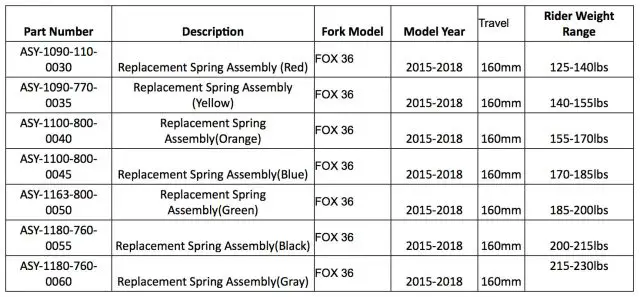
PUSH are also making some very nice looking chamferless sockets for removing and reinstalling fork top caps without marking them, and also complete lower leg servicing kits that include upgraded seals.
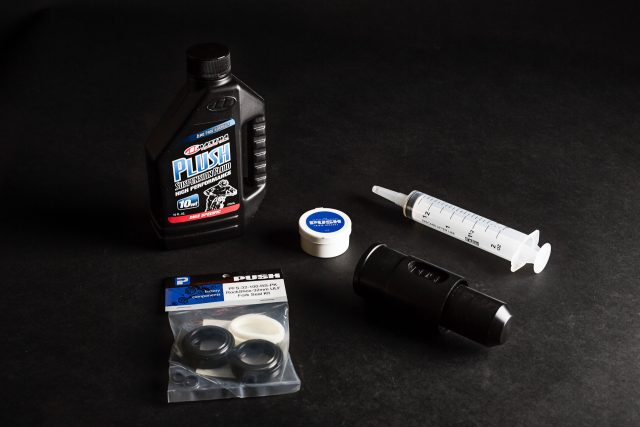
Coil may make suspension a little heavier than air, but it tends to give much better small bump compliance without needing the added complexity of a negative air spring to overcome initial stiction.
Occasionally we’ve met riders at Alpine towns and bike parks who’ve talked about all the locals using coil suspension, swearing that when you’re descending seven thousand vertical feet, the characteristics of an air fork at a given pressure can really change. It’s a subject of hot debate among some mountain bikers (how much does a telescopic can of worms sag at a given pressure and altitude?). Part of the reason so many riders in those locales opt for coil might be to do with having local uplift, but the fact is coils can feel great, and aren’t only the preserve of downhillers, with bikes getting light enough that it’s become an option for a lot of enduro and trail bikes in recent years. It’s good to see PUSH offering coil options for common chassis and innovating to give them better big hit capabilities.
Comments (3)
Leave Reply
Post Comment
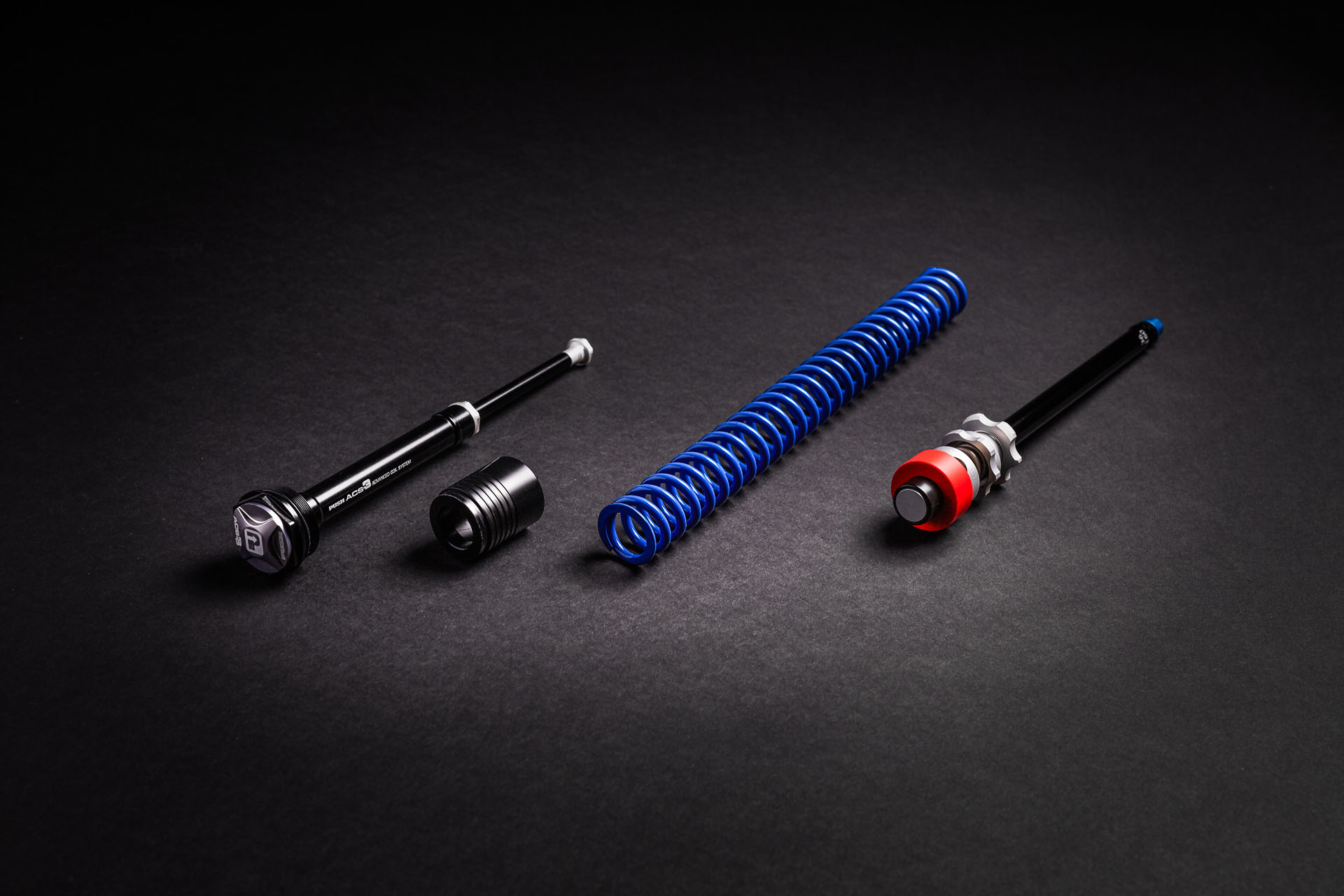
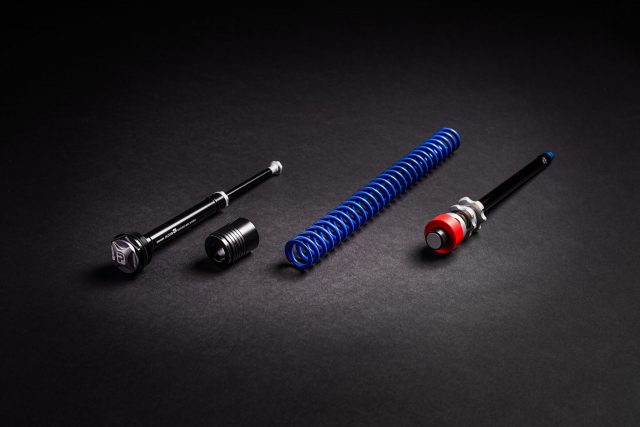
Given that air forks won’t work of they’re not still a closed system the ambient air pressure shouldn’t have any effect on them as far as I can figure. Any science to suggest why altitude could affect them? Is it to do with the mass of air heating up due to repeated compression and rarefaction? Any objective measurements been performed to confirm or deny said effect?
This is why I talked about it as a can of worms! 😀
Put it this way: If ambient air pressure were higher than the air pressure you put in your shock, it would compress before you even sat on the bike. A telescoping system, such as suspension, is not completely isolated from the surrounding environment like a rigid pressure vessel would be, so yes, ambient air pressure makes a difference. Whether that’s noticeable to an average rider is debatable… can, open; worms, everywhere…
The pressure you put in a fork is relative, not absolute. So at sea level you might put in 50psi which at 1800m altitude works out at about 52.5psi. And if you charge the fork at altitude then you’ll lose 2.5psi by the time you’re back at the sea. Cycling of the fork will heat the air which will no doubt have an effect particularly in the small volumes of a bike fork.